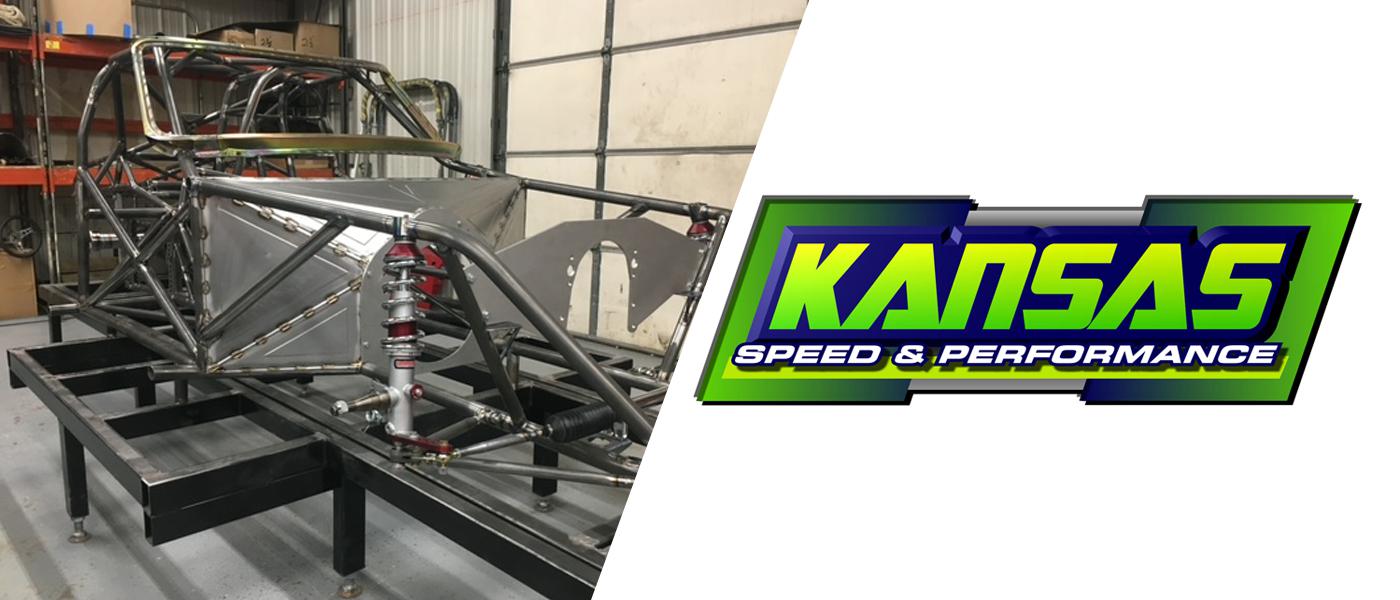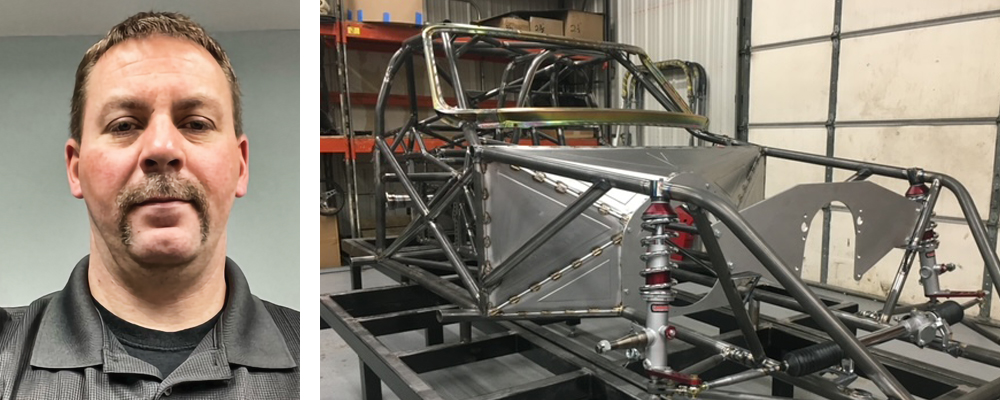Make The Case: Selling Used Parts vs. New Parts only

Although the inherent rigors of motorsports use can bring the reliability of some parts into question, resellers that offer used racing components can provide budget-conscious racers with a way to affordably elevate their programs. That accessibility can prove to be crucial to a team’s success, but it also comes with other notable considerations that don’t apply when buying new components.

For us it’s about keeping racers connected with parts that are still usable. Not every component that gets taken off of a race car is broken or damaged. It’s pretty common for racers to change out parts simply to keep things fresh.
I can remember back in the 1960s when people would scour the junkyards looking for parts to use for their race cars. We just didn’t have the marketplace and the technology that we do today. Many folks at the grassroots and sportsman levels don’t have a whole lot of money to spend on their racing efforts, so we look at it as an opportunity for them to improve their competitiveness and potentially open the door to even greater things. If they didn’t have the opportunities that these less expensive parts provide, they might not have a way to effectively elevate their program.
We scrutinize what we get, naturally. We’re not interested in passing along junk to somebody. To me, the marketplace is about integrity. If you have that, people quickly begin to understand that you’re offering a part that they can trust to do the job. That’s very different from finding stuff on Craigslist or something like that. We’ve been involved in the motorsport industry for a long time, so we understand which components can be viable in this context and which ones cannot.
Offering used racing parts has not only broadened the appeal of our business, it has also helped us retain customers and kept us closely connected to the local racing community. Most of the used parts in our inventory come to us by word of mouth and racers coming to us directly to offer parts up, but we also take parts on consignment as well. In those cases, we work out something with the seller and then promote the part through social media, our website, and things like that. That tells potential buyers that we not only have the part, we’ve also checked it out to make sure everything’s good and it’s ready to go.
Determining which used parts to sell was a pretty straightforward proposition for us. We stay away from valvetrain stuff—valves, springs, retainers, etc. These kinds of parts are under stress loads, and it can be difficult to test them properly, so we don’t take chances with stuff like that. Blocks, cylinder heads, crankshafts, camshafts, manifolds, carburetors—those parts are easier to verify. But we also always have to keep in mind the application that the part was previously put in. If it was a street application, you’ll probably get a lot of longevity out of the part, but if it was in a 3,500-horsepower race car, it’s going to be dramatically different, so that’s part of the vetting process when we source these parts.

In my experience as a race car builder and modifier, it seems like any time I get used stuff to work with, it doesn’t fit, or pieces of the puzzle are missing, or something else isn’t right about it. When someone buys something new, they know exactly what they’re getting, and they have some pretty solid assurance that it’s going to work. And if it doesn’t, they have the option to return it.
For me it comes down to being able to stand behind my work, and I feel like if I’m selling new parts to these racers, it’s a lot easier to back those components than it would be with a used part that I might not know the history of. Two parts can look identical but be in very different condition. Once in a great while we might sell a used part to somebody, but in those rare cases I already know the story behind it.
There’s also kind of a stigma around used parts. Too often the people who are selling used components on Facebook Marketplace and RacingJunk are getting rid of them because the part has a problem of some kind. If it were a great deal, one of their buddies would have bought it already.
There are just so many horror stories about things that have happened to people in those situations, whether it’s a complete motor or just a strut or something like that. They pay half of what they would have paid for the part new, but then they end up paying the other half—or more—to get that part repaired or rebuilt. To me it’s also about the price of my time and my customers’ time dealing with those potential issues.
There are also factors to consider that go beyond just the amount of use a part has had and the amount of horsepower it was subjected to. Was it in a climate-controlled environment? Did this strut sit on a shelf in someone’s house, or was it in somebody’s race car trailer throughout the sub-freezing temperatures during the winter and the triple-digit heat in the summer? Someone might say something like, “Oh, it’s only got 50 passes,” but that doesn’t necessarily tell you the whole story.
Beyond the convenience of buying new parts and the potential benefits in terms of longevity, you also have to consider what your options are if there’s a problem with a used part. Do you have a warranty if there’s a problem with the part right out of the box? If it’s a used part, it’s entirely possible that they’re just going to tell you “tough luck.”
All things considered, I think that new parts are often going to be cheaper in the long run. You might be paying 50 cents on the dollar for a used part, but if it breaks, you’re going to end up spending as much to get another used one as you would have if you’d just bought a new one in the first place. And that’s assuming there’s no other issues involved. So with all these different considerations involved, I just feel like new parts are the way to go.
 MEMBERSHIP LOGIN
MEMBERSHIP LOGIN JOIN PRI
JOIN PRI


